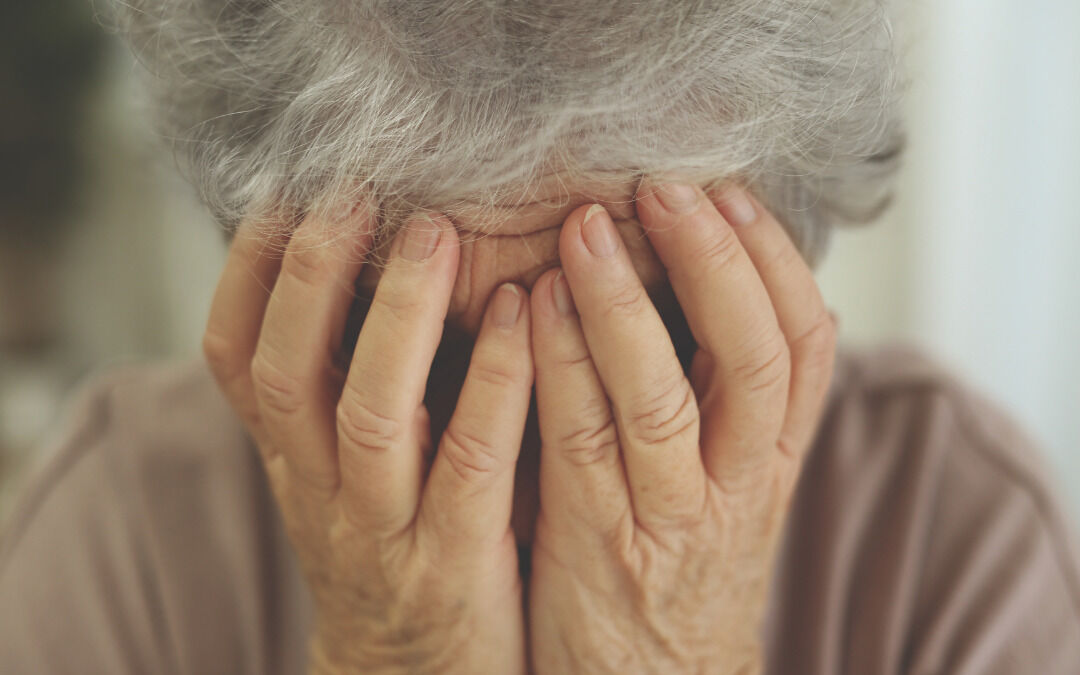Reference
B. Doncel-García, A. Mosquera-Lajas, N. Fernandez-Gutiérrez, A. Fernandez-Atutxa, I. Lizaso, J. Irazusta, Relationship between negative stereotypes toward aging and multidimensional variables in older people living in two different social environments. Archives of Gerontology and Geriatrics, 2022 (98) 104567.
Summary
The study compares multidimensional variables related to stress caused by ageism in a sample group of elderly persons living in community-dwellings (i.e., on their own) (n. 146) and a group of elderly persons residing in nursing homes (n. 126). Ageism is a term that refers to social prejudice against the elderly and is a discriminatory phenomenon that is becoming increasingly widespread and alarming. The results suggest that experiencing ageist attitudes negatively affects the well-being of older people, with significant differences depending on age, gender, and environmental context.
Context
In the mid 1970’s, Pulitzer Prize winner Robert Neil Butler was among the first to focus on the concept of ageism and the set of discriminatory behaviors perpetrated against the elderly. According to the European Social Survey, ageism is more common and widespread than other discriminatory forms such as racism and sexism (Abrams & Swift, 2012). Recent studies confirm the negative impact of ageism from different points of view (Levy et al., 2020), to the extent that the pressure exerted by the set of direct and indirect discriminatory behaviors is a chronic stress factor. Such stress undermines social activities, cognitive performance, mood states and health in general. The phenomenon is becoming so widespread that the World Health Organization is encouraging legislative strategies to counter it at various levels. The most worrying risk factor concerns the psychological aspect, such that the internalization of the stereotype itself (i.e., the introjection of the negative image that society projects on the elderly) may accelerate the aging process.
There is also an often-overlooked factor to consider within the many dimensions of ageism: gender difference. Prejudice against the adult female population can be summed up by the well-known cynical Spanish adage: “as time goes by, men mature while women get older”. For this reason, the research by the Spanish university team, which studies ageism from all angles, is particularly valuable and the results are worthy of attention.
The characteristics of the study
A significant element of the study worth highlighting is its approach to the investigation of socio-demographic, clinical, physical, psychological, and social variables. This approach is based on the comparison of two macro-types of the elderly population: those who live independently in their own homes and those who reside in nursing homes. Participants of the two groups, who were all over 60 years of age, were given different types of interviews and the CENVE questionnaire (Negative Stereotypes Towards Ageing Questionnaire, an aging questionnaire widely used among Spanish speakers). To measure the variables, the researchers used Comprehensive Geriatric Assessment (CGA), a multidimensional, interdisciplinary diagnostic process designed to quantify an older person’s clinical, psychosocial, and functional skills and problems. The goal of CGA is to arrive at a comprehensive plan for long-term therapy and follow-up. The researchers’ fundamental question was the following: is the negative impact of ageism in relation to different environmental contexts and gender differences, as well as increasing age?
Influenced by Buckinx and colleagues’ previous experimental study (2018), the Basque researchers hypothesized that there are statistically significant correlations between ageist stereotypes and at least some multidimensional variables, and that these correlations are influenced by gender and environmental contexts.
The outcomes
It was possible to confirm that ageism puts the well-being of the elderly at risk, creating a burden for the health system. It was also confirmed that the negativity of stereotypes related to aging is associated with many variables. This range of effects and conditioning differs significantly according to age, gender, and environmental context. Specifically, it emerged that younger women living in nursing homes are more affected by stereotypes about aging than older women living in nursing homes. As for men who live independently, stereotyped beliefs about age emerged more frequently in older subjects than in younger ones.
In general, however, we can say that elderly women who live in nursing homes are less conditioned by negative stereotypes about aging than elderly men who live independently. This undoubtedly more positive perception of aging could be explained by considering that women have fewer burdens and responsibilities once they enter nursing homes than those who live independently (Hayslip, Fruhauf & Dolbin-MacNab, 2019). Furthermore, the aging process is not the same in men as it is in women: while women experience higher levels of comorbidities and disabilities, they also have a longer life expectancy and tolerate frailty better than men. A longer duration of stay in nursing homes was also significantly associated with a worse perception of aging in the sample of elderly residents there.
Limitations
The CGA geriatric assessment has never been applied to ageism studies. More than a limitation, however, this represents an opportunity and offers new ideas for research. The real limitations of the study lie in the typology of the subjects involved, since the researchers included only nursing home residents without severe physical and cognitive disabilities. Secondly, due to the cross-cutting nature of the study, we cannot determine with certainty the causal directionality of the relationships found between the different variables and age levels. Finally, one must bear in mind that in addition to places of residence (one’s own homes or nursing homes) and gender differences, other factors of environmental and interpersonal interaction could influence the perception of ageism.
Future perspectives
One of the most significant findings that emerged from the study by Doncel-Garcia and colleagues concerns one variable in particular: the level of education, which is the factor that is most able to influence the perception of aging. More educated seniors have more positive views of their own aging. Thus, education and cultural level appear able to promote positive effects on the perception of aging, as some research shows (Burnes et al., 2019). Nonetheless, further studies are needed to confirm this effect.
Through the comparison between the two different social environments in which the elderly usually live, certain modifiable variables also emerged (i.e., levels of education, participation in recreational activities, and duration of stay in nursing homes). The results of the experiment may therefore provide a clearer framework for tackling discrimination against the elderly population. The most promising strategies could include cultural policies and laws against age bias, educational projects, and more opportunities for making connections, meetings, and reciprocal intergenerational understanding.
By Emiliano Loria
References
Abrams, D., & Swift, H. (2012). Experiences and Expressions of Ageism: Topline results (UK) from Round 4 of the European Social Survey, ESS Country Specific Topline Results (2). Centre for Comparative Social Surveys
Buckinx, F., Charles, A., Rygaert, X., Reginster, J. Y., Adam, S., & Bruy’ere, O. (2018). Own attitude toward aging among nursing home residents: Results of the SENIOR cohort. Aging Clinical and Experimental Research, 30, 1151–1159.
Burnes, D., Sheppard, C., Henderson, C. R., Jr., Wassel, M., Cope, R., Barber, C., et al. (2019). Interventions to reduce ageism against older adults: a systematic review and meta-analysis. American Journal of Public Health, 109(8), e1–e9.
Hayslip, B., Fruhauf, C. A., & Dolbin-MacNab, M. L. (2019). Grandparents raising grandchildren: What have we learned over the past decade? The Gerontologist, 59(3), e152–e163.
Levy, B. R., Slade, M. D., Chang, E., Kannoth, S., & Wang, S. Y. (2020). Ageism amplifies cost and prevalence of health conditions. The Gerontologist, 60(1), 174–181.




